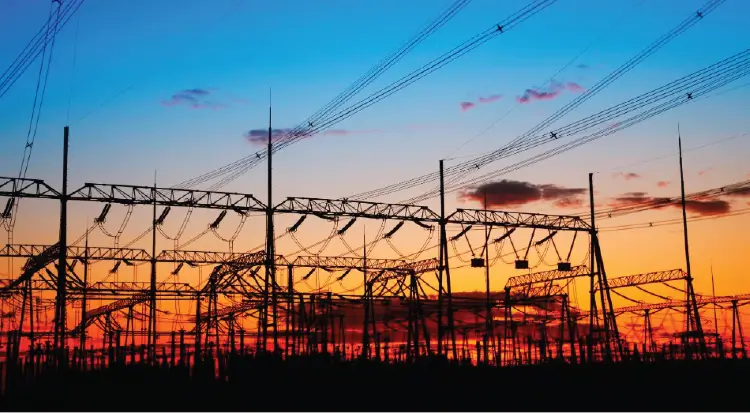According to the report, the global market for Uninterruptible Power Supply (UPS) Systems, valued at $11.3 billion in 2022, is expected to reach $17.5 billion by 2030, with a compound annual growth rate (CAGR) of 5.6% during the analysis period of 2022-2030.
Segment Analysis: Up to 5 kVA Segment to Reach $6.8 Billion, 5.1 to 20 kVA Segment Adjusted to 5% CAGR
Among the segments analyzed, the report projects a 5.5% CAGR for the up to 5 kVA segment, which is expected to reach $6.8 billion by the end of the analysis period. Considering the ongoing post-pandemic recovery, the growth rate for the 5.1 to 20 kVA segment has been readjusted to a revised 5% CAGR for the next eight years.
Market Analysis: U.S. Market Estimated at $2.2 Billion, China Forecasted to Grow at 6.7% CAGR
In 2022, the Uninterruptible Power Supply (UPS) Systems market in the U.S. is estimated to be $2.2 billion. China, the second largest economy in the world, is projected to reach $2.2 billion by 2030, with a CAGR of 6.7% during the analysis period of 2022-2030.
Noteworthy Markets: Japan, Canada, Germany, Asia-Pacific
The report highlights other significant geographic markets, including Japan and Canada, which are forecasted to grow at rates of 3.4% and 4.9% respectively from 2022 to 2030. Within Europe, Germany is expected to grow at approximately 4.7% CAGR. In the Asia-Pacific region, countries such as Australia, India, and South Korea are leading the market and are projected to reach $3.3 billion by 2030.
Outlook for 2023: Challenges and Opportunities
The year 2023 is expected to be challenging for various markets, investors, and consumers due to persisting food and fuel inflation. Higher retail inflation may impact consumer confidence and spending. Governments raising interest rates to combat inflation could result in slower job creation and economic activity, affecting growth. Inflation concerns and weaker demand may lead companies to reduce capital expenditure and slow down investments.
Developed markets are at risk of entering a recession due to slower growth and high inflation. Fears of new COVID outbreaks and uncertainties surrounding China’s post-pandemic path pose real risks of experiencing supply chain disruptions and manufacturing challenges this year.
Volatile financial markets, growing trade tensions, stricter regulations, and the pressure to address climate change in economic decisions will add complexity to the challenges faced.
Despite these difficulties, opportunities exist for resilient and adaptable businesses and leaders who can navigate through these circumstances and chart a path forward.









